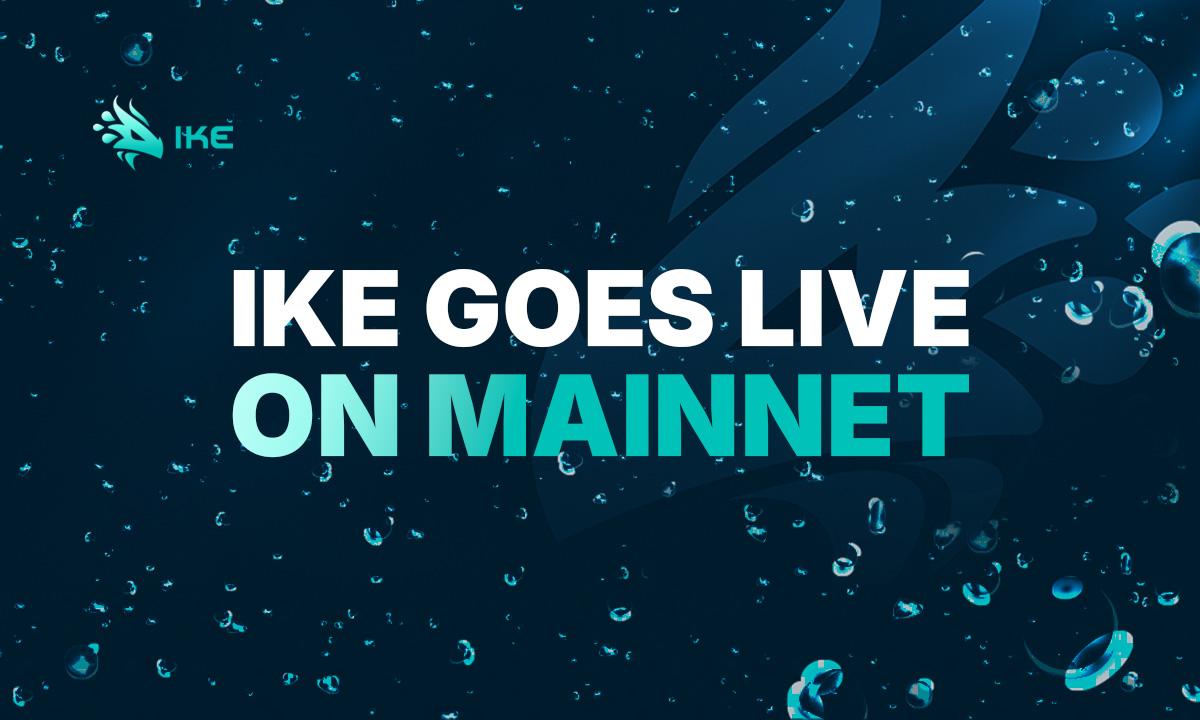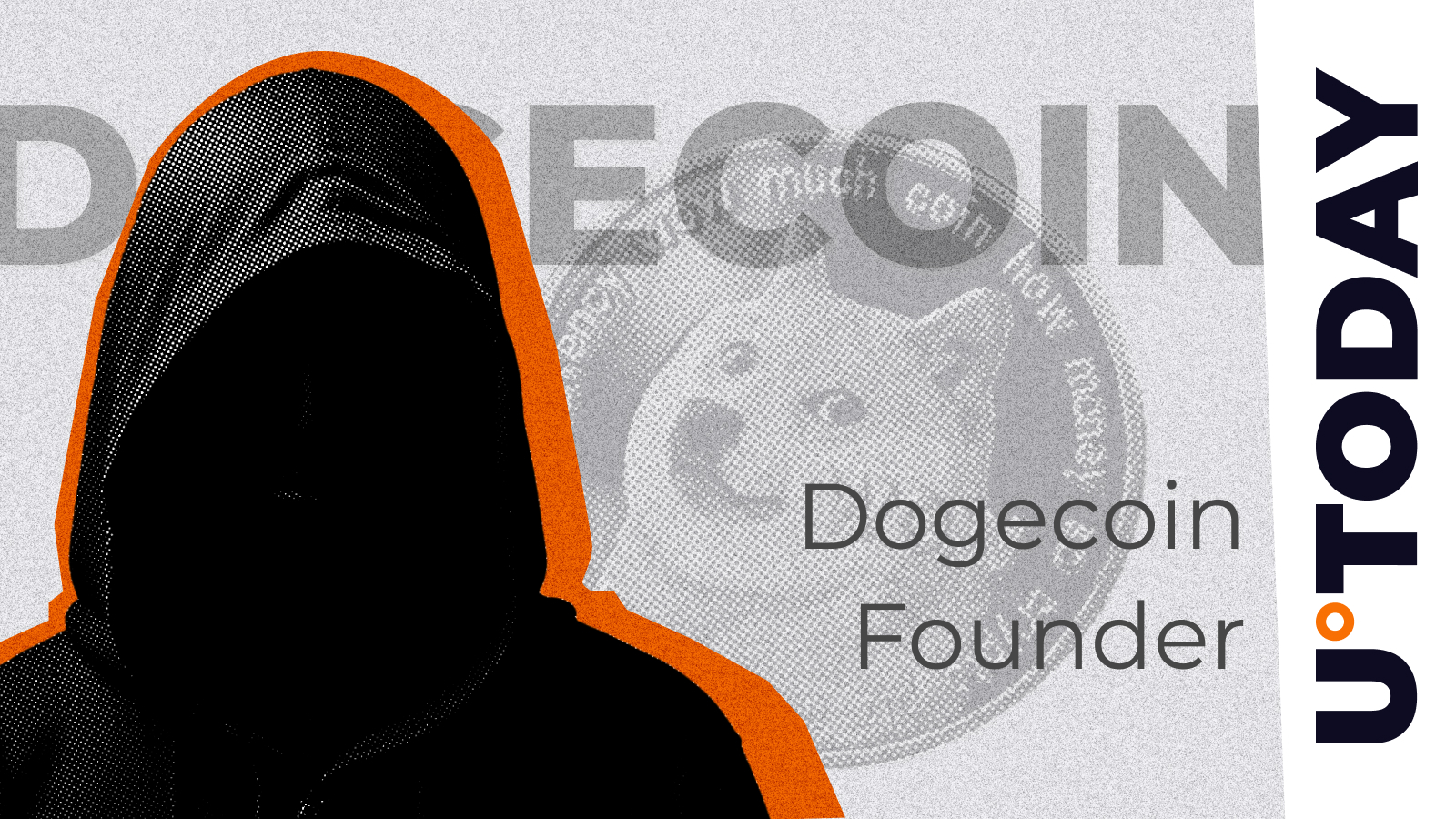ARTICLE AD BOX
TLDR:
- Tether launched Hadron, a platform for tokenizing various assets including stocks, bonds, and loyalty points
- Platform currently in beta with institutions and in talks with developing nations
- Total value of real-world assets (RWA) locked stands at $6.591 billion, up 12% year-over-year
- Hadron offers KYC/AML compliance tools and supports multiple blockchains
- Tether reported $5.2 billion profit in first half of 2024, with total reserves of $118.4 billion
Tether, the company behind the world’s largest stablecoin USDT, has launched Hadron, a new platform designed to convert traditional assets into digital tokens.
The platform allows users to tokenize various assets, including stocks, bonds, stablecoins, and loyalty points.
The launch comes as the real-world asset (RWA) tokenization market continues to grow, with the total value locked reaching $6.591 billion, marking a 12% increase from the previous year according to DeFiLlama data.
Hadron is currently operating in beta with several institutions, and Tether representatives have confirmed they are in discussions with multiple developing nation-states about potential partnerships.
The platform provides tools for issuing and managing digital tokenized assets throughout their complete lifecycle. These tools include asset issuance, burning capabilities, and capital market management features.
Security and compliance form core components of the platform. Hadron incorporates Know Your Customer (KYC) and anti-money laundering (AML) guidelines, along with other regulatory requirements that Tether says are essential for institutional adoption.
Paolo Ardoino, Tether’s CEO, emphasized the platform’s security features, noting that it leverages technology that currently secures $125 billion in assets.
“By leveraging all of Tether’s technology, we’re making asset tokenization easier, secure, and scalable,” Ardoino stated.
The platform supports multiple blockchain networks and Bitcoin Layer 2 solutions, including Liquid by Blockstream. It uses advanced cryptography and configurable multi-signature wallets to ensure security for issued tokens.
Hadron’s launch aligns with Tether’s recent expansion into various sectors. In October 2024, the company proposed a boron-backed token to the Turkish government and completed a $45 million transaction financing the transport of 670,000 barrels of oil from the Middle East.
The platform will support various types of tokens, including fiat-pegged and commodity-backed stablecoins. It will also enable the creation of digital asset-collateralized tokens and basket-collateralized products, which could provide new financial tools for nations and corporations.
Tether’s financial position appears strong, with the company reporting $5.2 billion in profit for the first half of 2024. Their latest attestation report shows reserves totaling $118.4 billion against liabilities of $113.1 billion.
The USDT stablecoin’s market capitalization has grown to exceed $126 billion, with approximately $7 billion in new USDT minted recently. This growth suggests increasing adoption of Tether’s products in the digital asset space.
Hadron enters a growing market for tokenization platforms. Other recent entrants include Midas, which launched tokenized investment products based on mTBill and mBasis, and Elmnts, a Solana-based platform for tokenized investment in mineral rights royalties.
DeFi protocol Ondo has also entered the space, utilizing the BlackRock USD Institutional Digital Liquidity Fund for its derivative products. This indicates growing institutional interest in tokenization services.
The platform aims to simplify the tokenization process for individuals, businesses, and governments while maintaining transparency through blockchain technology. Users retain full control over their tokens while benefiting from the platform’s security and compliance features.
 6 days ago
10213
6 days ago
10213









 English (US) ·
English (US) ·